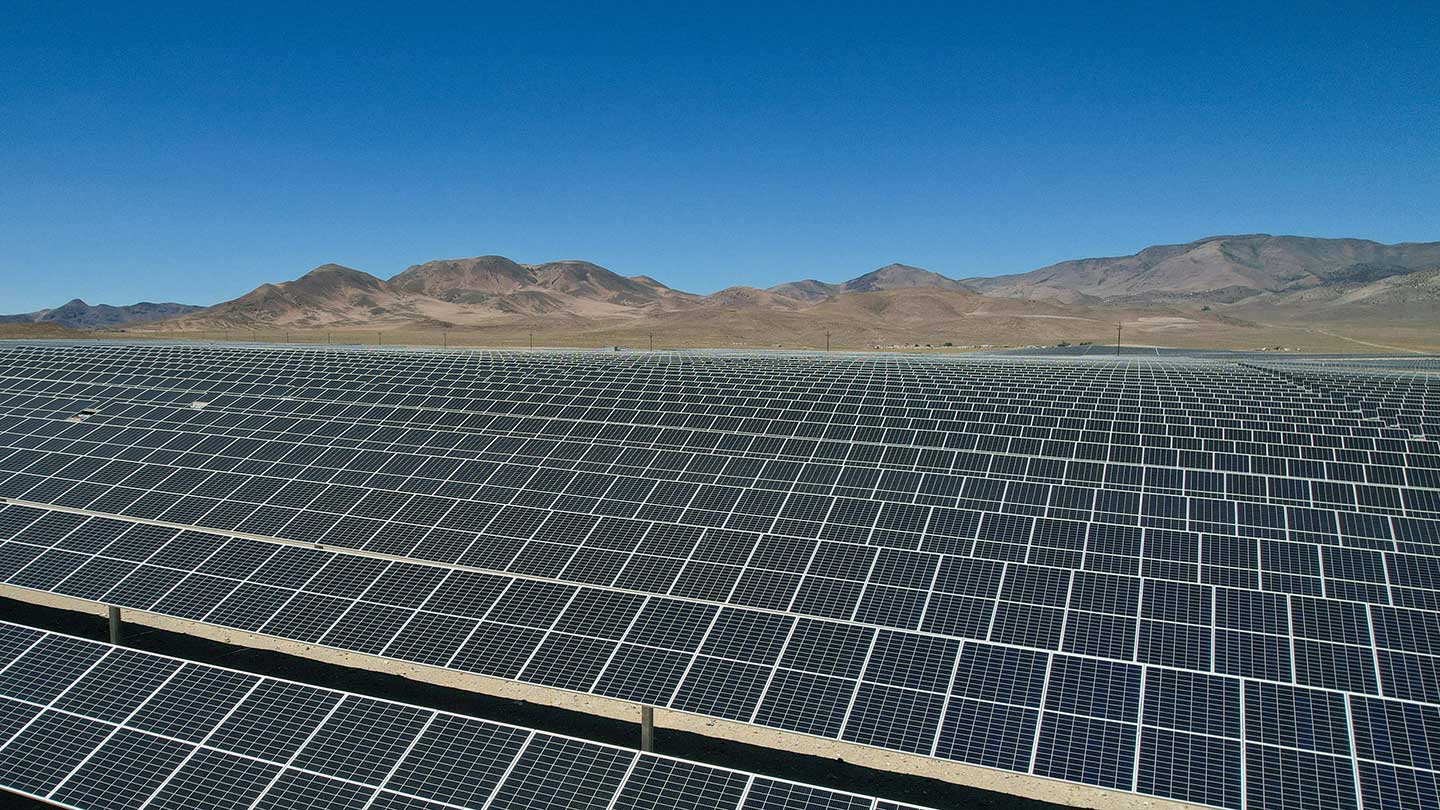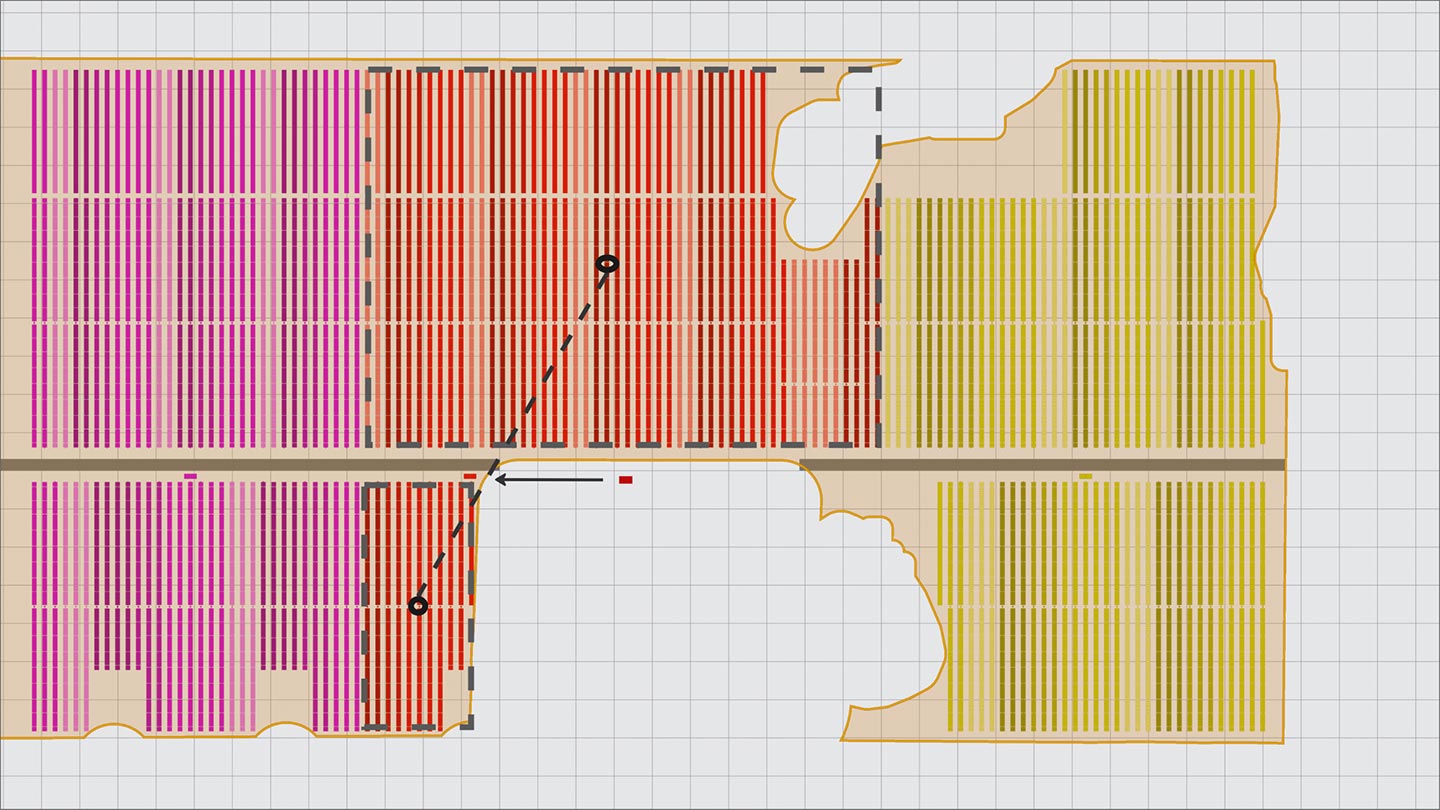Everything You Should Know About Commercial Solar Energy
%20(Custom)%20(1).jpg)
Commercial solar energy makes use of photovoltaic (PV) systems in order to produce electricity for businesses and industrial operations. These systems are built for higher energy loads than residential setups and can help reduce long-term operating costs while improving energy reliability. From agriculture to logistics, many companies are using solar to support their operations and make energy planning more predictable.
This shift isn’t limited to big corporations. Smaller businesses are also recognizing the value as a way to manage expenses and hedge against fluctuating energy markets. Solar power has the potential to reshape how different sectors are operating by offering a scalable, predictable alternative to traditional sources.
Beyond individual businesses, the economic impact of renewable energy investment is becoming more apparent at the community level. As solar adoption expands, local economies are noticing benefits such as job creation, infrastructure upgrades, and stronger grid reliability.
Understanding the Basics of Commercial Solar Power
Commercial solar systems convert sunlight into usable electricity through PV panels, often installed on rooftops, open land, or over parking lots. These systems connect to inverters that transform the generated direct current (DC) into alternating current (AC) suitable for commercial use.
System size is determined by energy needs. While smaller businesses might install systems around 50 to 250 kW, larger operations often require systems that exceed 1 MW. Many systems are tied to the local utility grid and take advantage of net metering, which credits businesses for the surplus energy they send back.
Key components include the PV panels themselves, inverters that handle power conversion, and net metering agreements. Understanding how each part functions helps when evaluating system design and performance.
What Is Photovoltaic Technology?
PV technology uses semiconductor materials to convert sunlight into electricity. When light hits a solar cell, electrons are knocked loose and flow through the cell, which creates an electric current. These cells are grouped into panels and linked together to form a solar array.
Efficiency depends on a number of factors, from materials used in the panels to how well the system is installed. Newer PV technologies have made significant gains in energy conversion rates.
Things like shading, panel angle, and geographic location all influence output. Accurate system placement and orientation can make a measurable difference in performance. Layout modeling solutions allow project planners to assess site-specific conditions before committing to a design.
How Commercial Solar Differs From Residential Systems
Commercial solar deals with higher energy loads and system complexity. Compared to home installations, commercial projects involve more components, higher voltage requirements, and broader planning.
They also come with different financial considerations. Businesses must account for demand charges and variable utility rates when designing and financing systems.
The permitting and interconnection processes tend to be more involved. Projects may require multiple inspections and a longer design phase due to code requirements and engineering reviews.
Financial Incentives for Businesses
A range of programs exists to reduce upfront costs for commercial solar. These include rebates, state-specific incentives, and depreciation schedules like MACRS (or modified accelerated cost recovery system).
One of the most substantial programs is the Investment Tax Credit (ITC), which allows eligible businesses to deduct a portion of their system’s cost from federal taxes — currently set at 30%.
In addition to federal support, many states offer their own incentives that further improve the financial outlook for solar, especially when paired with accurate production forecasting.
Calculating Costs and ROI
Installing commercial solar typically costs between $1 and $2 per watt before incentives. Project totals depend on site conditions, installation type, and local permitting requirements.
The biggest long-term advantage is reduced energy expenses. Over time, these savings often exceed the initial investment, with many businesses reaching full payback within a decade.
Simulating long-term energy performance gives businesses a clearer picture of how their investment will play out. With access to real production estimates and rate comparisons, stakeholders can make more informed financial decisions.
Choosing the Right Installation Model
Businesses usually decide between purchasing a system or entering into a lease or power purchase agreement (PPA). Each option comes with its own benefits and drawbacks, but one may be better suited than the other, depending on a company’s budget and long-term plans.
Purchasing gives companies ownership of the system and full access to financial incentives. Leasing and PPAs often come with no upfront cost and may include maintenance, which can appeal to those prioritizing simplicity.
Planning tools built for utility-scale solar PV layout scenarios make it easier to evaluate each model’s financial and operational impact before any definitive decisions are reached. Factors like long-term maintenance, energy savings, and operational control all shape which approach is best suited for a given business.
The Installation Timeline and Process
Commercial solar installation follows a structured sequence: site evaluation, system design, permitting, procurement, installation, and finally, utility interconnection. Each part of the process requires attention to detail.
Early steps involve assessing energy needs and reviewing roof or ground conditions. Some sites also require civil and structural engineering input before construction begins.
Project duration varies — simple systems may be completed in a few months, while more complex setups could take closer to a year or even longer. Coordinating across permitting, design, and construction is often what sets efficient projects apart. Civil design planning aligns teams from the outset and can reduce unexpected delays along the way.
Balancing Energy Savings With Sustainability Goals
Commercial solar plays a growing role in helping businesses reduce emissions and limit their environmental impact. For companies with clear sustainability targets, it supports long-term progress.
It also fits into broader environmental, social, and governance strategies, reinforcing transparency and environmental accountability. Used alongside other upgrades, solar can help shape a more efficient, responsible approach to energy use.




.png)

.png)